How to keep Salvia guaranitica Black and Blue alive in zone 7?
ikea_gw
13 years ago
Related Stories
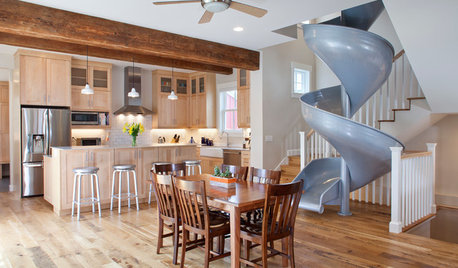
DINING ROOMSNew This Week: 6 Modern Dining Zones in Homes Big and Small
Look to splashy accent walls, right-sized tables and indoor slides to make the most of your open layout
Full Story
GARDENING FOR BUTTERFLIESBe a Butterfly Savior — Garden for the Monarchs
Keep hope, beauty and kindness alive in the landscape by providing a refuge for these threatened enchanters
Full Story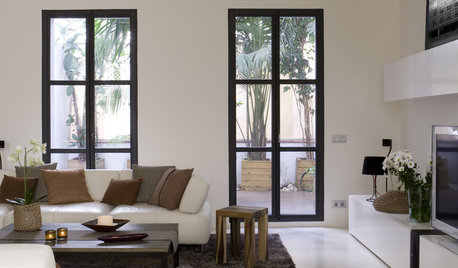
COLORWake Up Your Woodwork With Black
Strike a dramatic note with black window frames, shelves, stairs and more, making features stand out or blend in
Full Story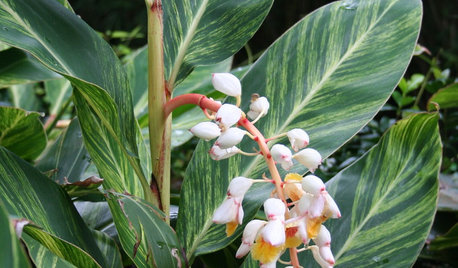
GARDENING GUIDES7 Tropical Bulbs for a Summer Garden That Wows
Try these stunners in summer's powerful heat for garden thrills with an exotic flair
Full Story
CONTAINER GARDENS7 Deer-Resistant Flowers for Your Summer Containers
Grow these as protection for edibles or just for their colorful beauty — deer might not like them, but everyone else will
Full Story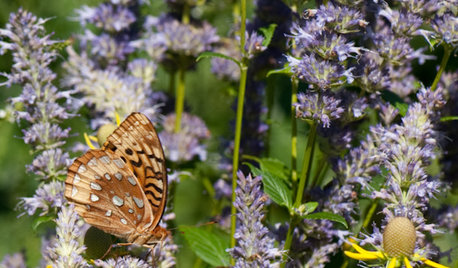
GARDENING GUIDESGreat Design Plant: Anise Hyssop Delights Licorice Lovers
With its distinct scent and flower spikes, drought-tolerant Agastache foeniculum stirs interest among humans and winged creatures alike
Full Story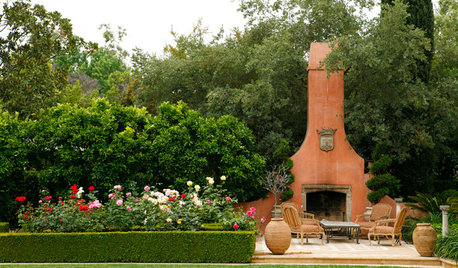
LANDSCAPE DESIGNMake Your Roses Even More Beautiful With These Companion Plants
Nourish your rosebushes and create a visual feast with these 7 classic and unexpected plant pairings
Full Story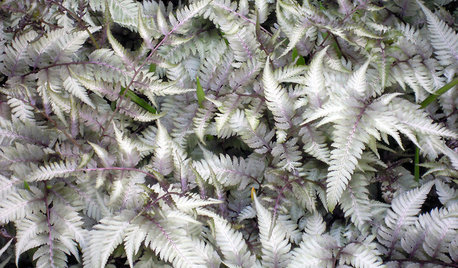
GARDENING GUIDESGreat Design Plant: Japanese Painted Fern Weaves a Garden Tapestry
Bring striking colors and texture to your woodland garden with Athyrium niponicum var. pictum
Full Story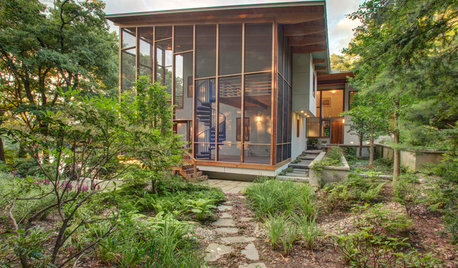
GARDENING AND LANDSCAPINGBreezy and Bug-Free Modern Porches
Screening keeps pests out of these diverse porches across the U.S., while thoughtful designs keep them visually appealing
Full Story
GARDENING GUIDESGreat Garden Combo: 3 Wonderful Plants for a Deer-Resistant Screen
Protect your privacy and keep deer at bay with a planting trio that turns a problem garden area into a highlight
Full Story





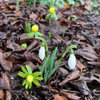

Ann
remy_gw
Related Professionals
Wixom Landscape Architects & Landscape Designers · Woodinville Landscape Architects & Landscape Designers · Canton Landscape Contractors · Wilmington Landscape Contractors · Caldwell Landscape Contractors · Gainesville Landscape Contractors · Hickory Hills Landscape Contractors · Midland Landscape Contractors · Mission Bend Landscape Contractors · Palos Verdes Estates Landscape Contractors · Santa Ana Landscape Contractors · Tustin Landscape Contractors · Palos Hills Landscape Contractors · Hawaiian Gardens Landscape Contractors · Casselberry Landscape Contractorsconniemcghee
linlily
DYH
echinaceamaniac
Bumblebeez SC Zone 7
ikea_gwOriginal Author
organic_kitten
QueenCharlotte
linaria_gw